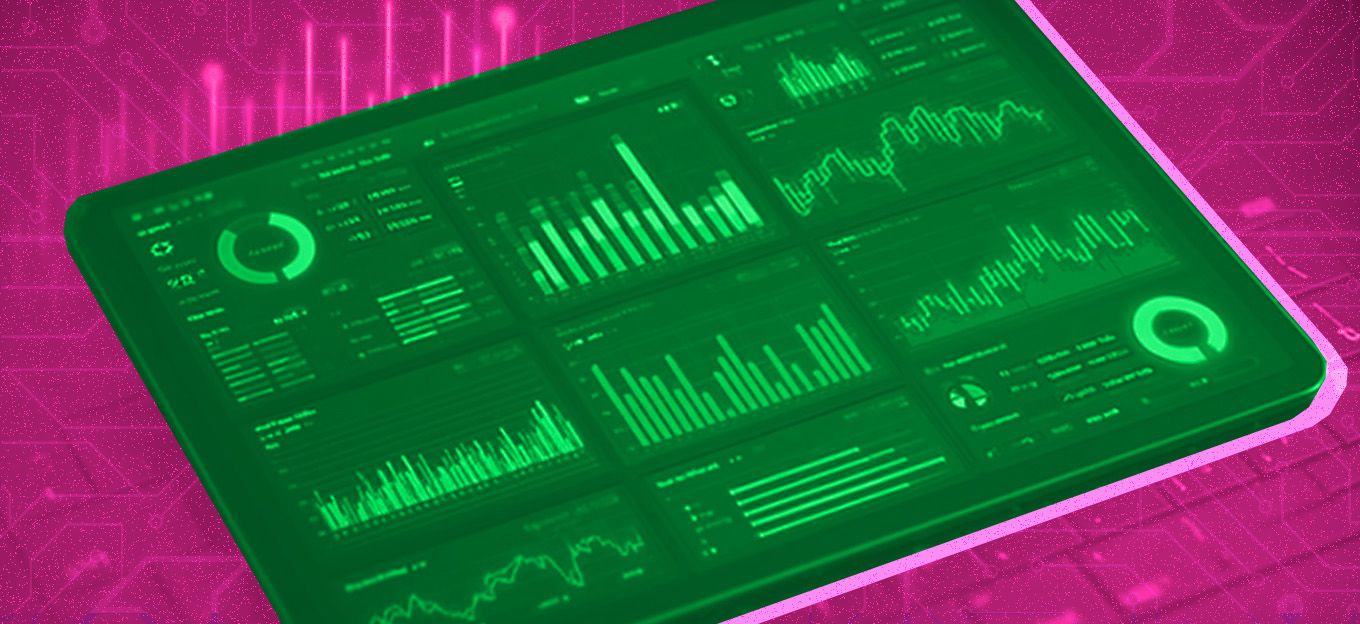Sustainability Process Blueprint
Sustainability Process Blueprint
- Last Updated: December 2, 2024
Michael Davies
- Last Updated: December 2, 2024



Good business and environmental stewardship go hand-in-hand with sustainability as Wall Street investors elevate the value of companies that demonstrate improving environmental and social governance performance. Essentially, what's good for the environment is also good for consumers and the bottom line.
But because technology is changing the way companies integrate sustainability into their business strategies, the tool with which progress in this area has traditionally been measured—the sustainability scorecard—may no longer be the right one for the job.
IoT and analytics enable an innovative approach to a sustainability scorecard by using IoT devices to remotely monitor, measure and catalog quantifiable metrics around energy, air and water relevant to sustainability. We define it as the sustainability process blueprint approach.
Keep reading to find out why the scorecard falls short, and how a different approach can actually be more indicative of your company’s progress on the road to sustainability.
Where the Sustainability Scorecard Falls Short
Sustainability information is important to both investors and customers, but few environmental sustainability reporting mechanisms (and corporate social responsibility scorecards in general) provide specific and accurate information about a company’s sustainability practices. In general, scorecards provide a qualitative view of performance, evaluating the level of commitment in terms of broad categories like company culture and engagement, corporate vision and strategic planning. In other words, are you fostering effective corporate governance and including the right decision-makers on your team to make real progress? (Here’s an example of a sustainability scorecard that rates corporate progress with broad brushstrokes.)
In addition, legacy scorecards measure progress only at a specific point in time. That limits the notion of success to the evaluation of a single moment and leaves little room for characterizing and analyzing a company’s ongoing efforts in a useful way.
This traditional approach to sustainability reporting may help outsiders to understand the mindset of corporate governance, but it does little to provide the support needed by investors and consumers to trust that leaders’ intentions are, in fact, coming to fruition. Both this lack of transparency and the sustainability scorecard’s static method of reporting leave much to be desired from a credibility standpoint.
Under the Sustainability Process Blueprint, IoT devices will monitor, measure and catalog metrics around energy, air and water to improve tracking and transparency in corporate sustainability.
The New Scorecard: The Sustainability Process Blueprint
Why just talk about strategies your company is implementing to improve when you could be providing data around actual improvements? The sustainability process blueprint employs a dynamic approach focusing on key metrics from which remotely monitored data is measured and cataloged in a format that provides insight as well as the ability to benchmark progress towards goals and objectives and comparisons to peers. Sensor data and analytics provide the framework to offer visual understanding, context and perspective of progress towards sustainability.
The sustainability process blueprint approach answers three key questions about your commitment to sustainability: 1) Do you have a plan, or blueprint, for improving your sustainability over time? 2) Are your sustainability efforts actually having an impact? 3) How are you performing in comparison to other companies in your industry?
This approach is possible using the Internet of Things (IoT). IoT sensors allow you to measure almost every aspect of your business environment, facility and operations around the clock, from energy usage to water and air quality to leakage detection and more. (See these seven metrics for ideas about what your company could measure with regard to sustainability.) The granular data you collect—and that your IoT analytics platform helps you analyze—leads to better sustainability reporting for several reasons:
- It offers a more dynamic approach to sustainability than traditional scorecards. Forget about “point in time” assessments. Now you have actual data that can be examined over time. This data acts as a feedback mechanism, allowing you to actually “see” the impact of your efforts.
- It offers more details than legacy scorecards. Instead of viewing sustainability from general, high-level perspectives, you can see it from the ground-up—how much energy even a single piece of equipment actually uses, for example, or the actual levels of volatile organic compounds present in your building’s air.
- It allows you to perform data analysis for the purpose of devising smart sustainability strategies. Otherwise “invisible” building characteristics can be transformed into quantifiable data points that can be used in a statistical or analytical model for context. For instance, strategies can be implemented to directly address equipment using excess energy, or the root causes of air pollution.
- It allows you to benchmark your company’s performance against others in your industry. Benchmarking can help you see if you’re moving in the right direction and on the right initiatives. It can also highlight specific areas for improvement going forward.
A process blueprint represents a new approach to sustainability reporting: one that produces a quantitative, metric-specific and dynamic process showing your progress toward the ultimate goal of sustainability.
The Most Comprehensive IoT Newsletter for Enterprises
Showcasing the highest-quality content, resources, news, and insights from the world of the Internet of Things. Subscribe to remain informed and up-to-date.
New Podcast Episode

Moving Past the Pilot Phase in IoT and AI
Related Articles




